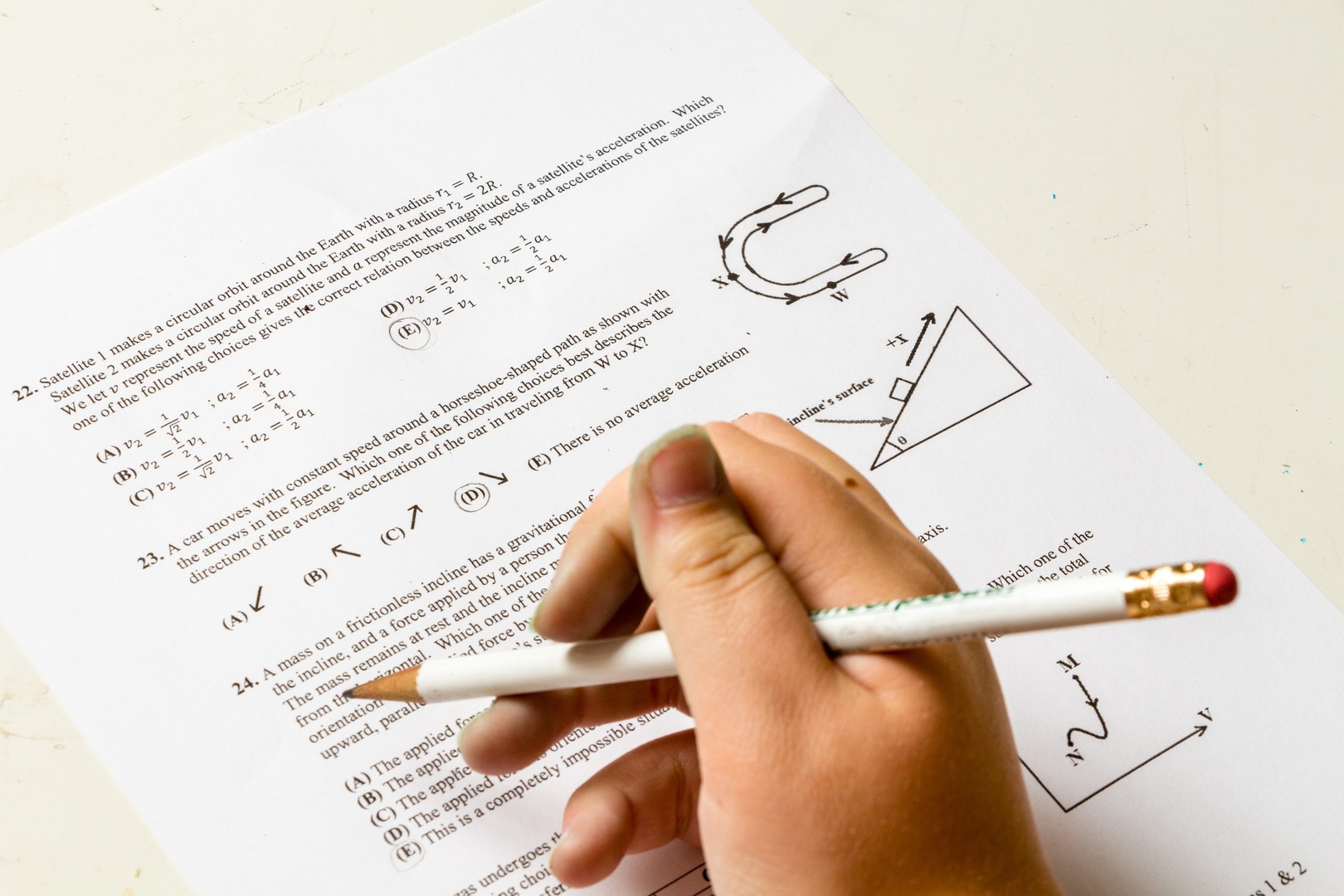 The ability to process and comprehend objects in three dimensions is an essential skill that we use in our daily life. Whenever you consider fitting all your groceries in a bag or choose a new shelf regarding the vibe of your interior you are using your spatial reasoning skills. Spatial thinking includes visual imagination and spatial imagination in combination to help our abstract thinking process shapes and objects. However, when it comes to certain jobs more advanced or specific spatial reasoning skills will be necessary. The ability to think about objects in different dimensions is an essential part of such fields as architecture, engineering or design. Spatial Reasoning Tests exist as a way to evaluate such skills. These kinds of assessments are part of psychometric tests better known as aptitude tests. Spatial reasoning tests consist of a number of problems that will help evaluate your ability to work with various figures and shapes in two and three dimensions.
The ability to process and comprehend objects in three dimensions is an essential skill that we use in our daily life. Whenever you consider fitting all your groceries in a bag or choose a new shelf regarding the vibe of your interior you are using your spatial reasoning skills. Spatial thinking includes visual imagination and spatial imagination in combination to help our abstract thinking process shapes and objects. However, when it comes to certain jobs more advanced or specific spatial reasoning skills will be necessary. The ability to think about objects in different dimensions is an essential part of such fields as architecture, engineering or design. Spatial Reasoning Tests exist as a way to evaluate such skills. These kinds of assessments are part of psychometric tests better known as aptitude tests. Spatial reasoning tests consist of a number of problems that will help evaluate your ability to work with various figures and shapes in two and three dimensions.
How Do Spatial Reasoning Tests Look?
As it is with any other aptitude tests, Spatial Reasoning Tests have a specific set of questions that help evaluate the personal profile of a potential worker. The majority of tasks featured on such tests concern figure identification, understanding of shapes, and dimensional orientation. The most popular test includes the following tasks:
- Matching figures. Such a task will present you with a certain shape, usually in 2D, for you to match with a suitable pair. You will have to choose from answer options comparing them to the original figure. In most cases, the correct answer will be at a different angle or perspective, compared to the initial figure. Another example of this type of task is when you have to correlate a 3D figure with its 2D version in the unfolded state or with its 2D view presented from a certain viewpoint.
- Dimensional cubes. This is likely the most popular type of Spatial Reasoning Tests. Such tasks provide you with a figure that represents an unfolded cube. Each side of the cube is marked with a certain symbol or colour. Possible answer options picture the cube from a certain perspective featuring 3 sides of a cube. Depending on the task’s description your job will be to fold such a cube using your imagination and identify which option correctly describes the original cube.
- Mirror images. The name of this task truly gives away its essence. With this test, your job will be to identify the mirror-version of a given object using the power of your imagination. Among the possible options, you will have to identify the one that looks like a mirror reflection of the initial image shape.
- Putting together shapes. In this type of task, you will have to conclude which sets of shapes can be aligned to form one bigger figure. Depending on the task description, you will initially have either the whole figure and different sets of shapes as answer options or vice versa. Your job will be to put it together or apart like a jigsaw puzzle using your spatial reasoning skills.
- Map orientation. Such a type of test is less widespread and related to only specific occupations. The tasks generally consist of pieces of maps that will require you to calculate distances and routes according to the task description.
What Do Spatial Reasoning Tests Measure?
Generally, spatial reasoning tests evaluate a person’s ability to think about objects in both two and three dimensions and draw conclusions using limited given information. Some tasks help employers to assess specific skills that are directly linked to a certain job. For example, the ability to compare and combine shape or identify mirror-objects will bring out the creativity and personal profile of a potential designer or architect. On the other hand, such tasks as map orientation let the evaluator assess some more practical skills of applicants of manual labor such as rescue or military workers.
Tips For Solving Spatial Reasoning Tests
The efficient use of your time is an essential component of succeeding in Spatial Reasoning Tests. Your results will be compared either with those of other participants or with the control group where the solving speed is one of the scoring criteria. However, despite the quick pace of solving you’ll have to retain high concentration levels because many problems will have tricky answer variants. Therefore, the only way to build up both of these skills is to constantly practice in solving spatial reasoning tests. Practice Aptitude Tests offer a free spatial reasoning test to get you started.








